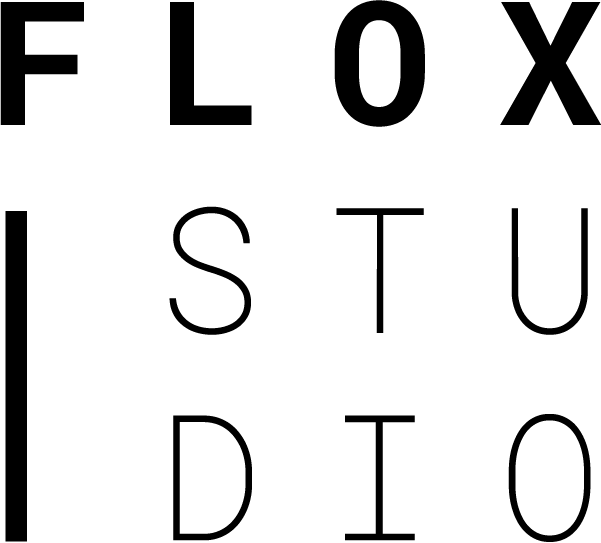Facilitating for Emergence (5 Minute Facilitation Tips)
When facilitating, it's key to make room for emergence. Over prepare so you're able to pivot and keep some good activities in your back pocket.
Hi everyone. Welcome to this week's version of five minute facilitation tips from yours truly, Sloan Leo, CEO and lead facilitator over at FLOX Studio. I was thinking about this week's tip and I realized I have a lot of tips, so I'm trying to keep this focused so we can just get through these in five minutes.
Today's tip is about how to facilitate for emergence. For those of you who are unfamiliar with the idea of emergent strategy, I encourage you to google adrienne maree brown's A very early book on emergent strategy. In adrienne maree brown's book, what they're talking about is the way in which an organic community, in conversation, in our offices, on our Zooms, around our kitchen tables, in the hallways, conversation is emergent.
You don't begin a conversation with a clear path of what you're going to talk about. You respond to that which arises. As a facilitator, my practice is very much informed by Black church culture. My grandfather, Reverend Leo Sneed, was a Black Baptist minister for like 40 years, okay? And growing up watching him engage in the oratory practice called call and response, it reminded me a lot of facilitation.
As he would be talking to his church congregation, he would hear their responses, kind of like a DJ listening to a room, watching people dance, and he would change and adjust and pivot. And accommodate and create room for that which was becoming most important to what was happening for the group of people in the room.
As I think about a recent facilitation that I did with a client who's working on the issue of food security on college campuses, it was a big group of folks. So we were looking at a group of like 25 people who have, many of whom have never done strategic planning before. I was brought into the space to have a conversation about some existential questions facing them as an organization.
What does it mean to scale, to move from early stage venture to established organization or non profit, right? So there's these really huge questions that they're grappling with. And you can start a facilitation by saying, we're going to have an adventure today, and I don't know exactly where it's going to take us.
But the bigger question is, how do you prepare yourself as a facilitator or a facilitation team to accommodate emergence? So the prep for this facilitation looks like this. Rather than doing interviews with every single person, we took a look at our project roadmap, which we developed for every strategic planning process.
That is a similar pattern of six to seven steps. We've been facilitating with them for the last two months, and I've heard lots of questions come up, and have observed lots of patterns of how they communicate and the issues that matter to them most. So, in advance of this meeting, I sat with my colleague, Mari Nakano, who's working on this project with us, and we mapped out how to spend the three hours we had with the board.
And with the staff, which were separate sessions. We framed them as a strategic planning check in to do some work around their theory of change. That meant that we had to do prep in terms of creating a presentation deck that included a review of where we've been, insights from the discovery analysis, an update about what we learned in the landscape analysis, which is external, while discovery for us is an internal to the organization.
Then we developed a learning tool about what is a theory of change, and then we mocked up tools for the in the room experience of how to understand a theory of change and its component parts, from activities to outcomes to outputs. As I was facilitating, I knew that even though Mari and I had created an entire agenda, that I was going to have to be modular about it.
So as things came up, I was able to pivot us. Originally, we had intended to walk through their original theory of change, and I came into this meeting very confident that was the best way to go, only to realize that the conversation that the room really wanted to have was less about their past theory of change and critiquing it, and more about their future potential theory of change.
So, when we looked at the in room experience, which looks like five tables, each table had a title, activities, outputs, outcomes, impacts, and inputs. So the theory of change. We gave them some examples from their past plans, and then on the spur of the moment, we passed out pieces of paper, post its, pens, for them to ideate and be generative together.
The ability to meet the crowd where they are is really dependent upon strong prep and having a few tools in your pocket. For me, those tools are these like 4x6 index cards that can become drawing paper, fake post it notes, uh, spaces for scribes, mad libs, anything from a document to a sketchbook that you can also collect and turn into an artifact.
So the takeaway for today as far as your five minute facilitation tip is that over prep so that you can pivot on a dime and keep some good cards in your pocket. Thanks so much folks. See you next time.
